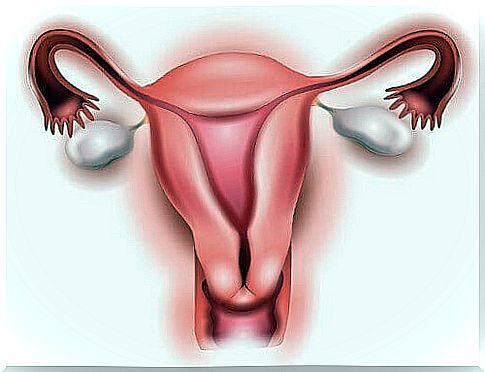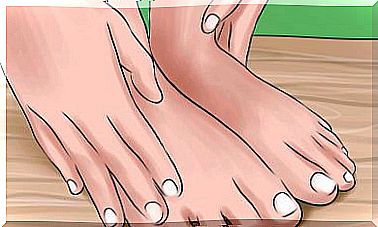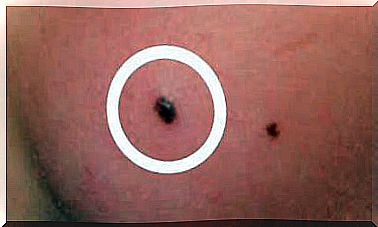6 Facts About Hashimoto’s Thyroiditis

In 1912, as a result of his research, Japanese physician Hakaru Hashimoto discovered a new disease affecting the defense system. In Hashimoto’s disease, the resistance attacks the thyroid glands.
So this time, we ’re talking about Hashimoto’s thyroiditis, which is called Hashimoto’s thyroiditis – keep reading so you can be aware of the symptoms of this disorder and how it can be treated.
What is Hashimoto’s thyroiditis all about?
When Hashimoto did his research, he found that the human immune system sometimes attacks body tissues instead of protecting them.
As for this disease, the body specifically attacks the thyroid glands. Thus, the immediate consequence of the disorder is a significant reduction in the production of hormones in the body – these are needed for many bodily functions.
Causes of Hashimoto’s thyroiditis

The causes of this disease are not fully known, but scientists believe that there are some phenomena associated with its development.
If you have the following four risk factors, you should visit an expert to find out if you have this condition and what your own risks are.
Risks due to genetic factors
First of all, it should be known that this disease often occurs in families that already have Hashimoto’s thyroiditis or similar types of diseases.
So to clear up any doubts, it is important that you talk to your loved ones as well as take tests so that you can rule out serious problems.
Excessive iodine intake
In addition, studies by Hashimoto suggest that excessive amounts of iodine in the body can also cause this disease.
Although excessive iodine intake should always be avoided, pay special attention to its intake if you have a family history of this disease.
Unexplained hormonal changes

Because Hashimoto’s disease affects the thyroid glands in particular, human hormone levels may change.
In general, most women with this disease are diagnosed 1 to 5 years after giving birth, although the disease can also appear before pregnancy.
Exposure to radiation
This disease is one of the most common consequences of exposure to radiation. Various studies have been carried out since the Hiroshima, Nagasaki and Chernobyl explosions, and they prove this to be true.
Patients who have received radiotherapy for leukemia or other types of cancer may also develop this.
Symptoms of Hashimoto’s thyroiditis
The symptoms of this disease begin to appear slowly, and thus it is difficult to notice.
Changes that should be noted include the following phenomena:
- extreme fatigue or daily and persistent fatigue
- sensitivity to cold
- chronic and sudden constipation
- swollen face
- continuous snoring
- pale and dry skin
- rigid pelvic and shoulder muscles
- weak lower limbs
- weight gain due to fluid retention
- rigid joints of the hands, feet and knees
- persistent depression
- excessive bleeding during menstruation
Detection of Hashimoto’s thyroiditis
This disease can be diagnosed using the following tests:
- T3 test: This is a small-scale test that shows problems with the pituitary gland and a hormone called triiodothyronine.
- Thyroid Stimulating Hormone (TSH) Test: TSH is a hormone that stimulates the thyroid glands to produce and release other hormones into the human bloodstream. This test shows if there is a problem with your levels of this hormone.
- Free T4 Test: The balance of this hormone is very important. It is common for it to be elevated due to some medication, such as contraception, while barbiturates lower this level. However, with these factors excluded, the level should be good.
What does this disease cause in the body?

Naturally, the problems caused by Hashimoto’s thyroiditis are related to the fact that it is an autoimmune disease. As we have already mentioned, this disorder involves the body turning against its own tissues and organs.
In general, this means that the tissues suffering from the disease begin to lose their ability to perform the things they are supposed to do.
Over time, a person may then develop other autoimmune diseases as a result of this disorder, including:
- Type 1 diabetes
- redhead
- ovarian problems
- cardiac disorders
- rheumatoid arthritis
- goitre
- Addison’s disease
Prevention of Hashimoto’s thyroiditis
Unfortunately, there is really no way to prevent this disease. However, what can be done is keeping in mind the risk factors that we have described in this article, as well as noticing the symptoms.
If you have a history of this condition in your family, or if your doctor says you have risk factors, you may want to take tests every year to make sure everything is okay.
In general, if you want to prevent or reduce the risk of this disease, you need to change your lifestyle to follow a proper diet, get enough exercise, and rest properly – these basics can be a great help in fighting and alleviating Hashimoto’s disease.
It is also important to remember that this disease has symptoms that are fairly clear to experts, so it is relatively easy to get an early diagnosis.
The tests are very accurate, and timely detection can help manage the disease well as well as prevent further problems.









